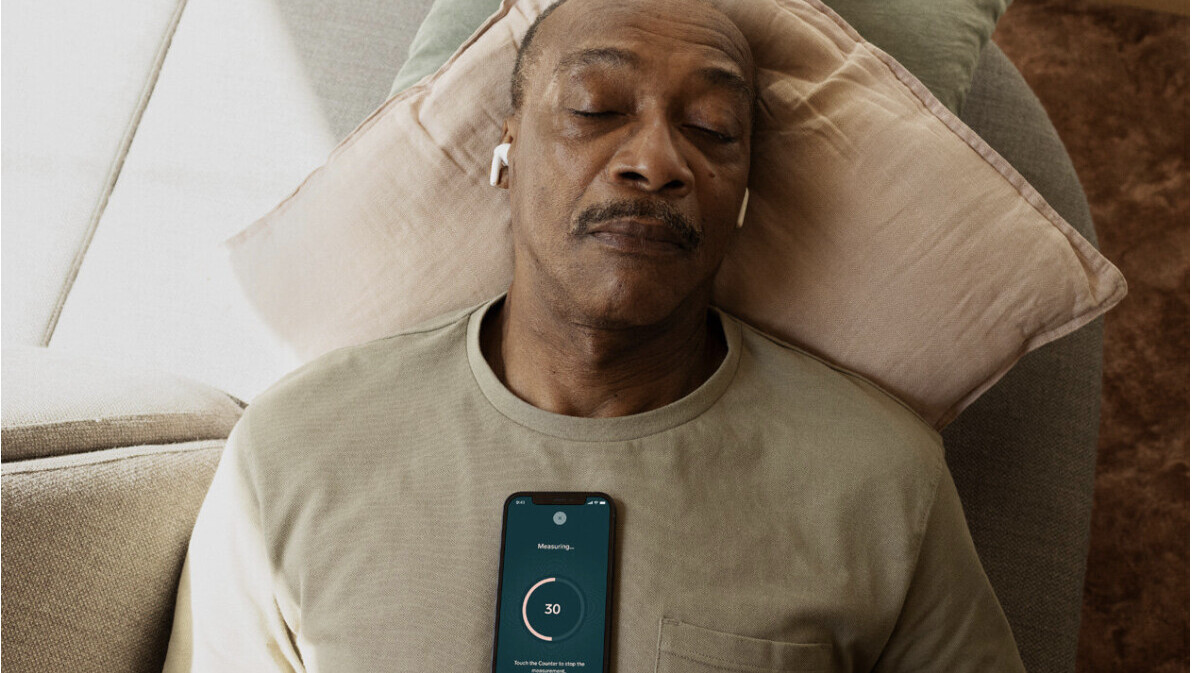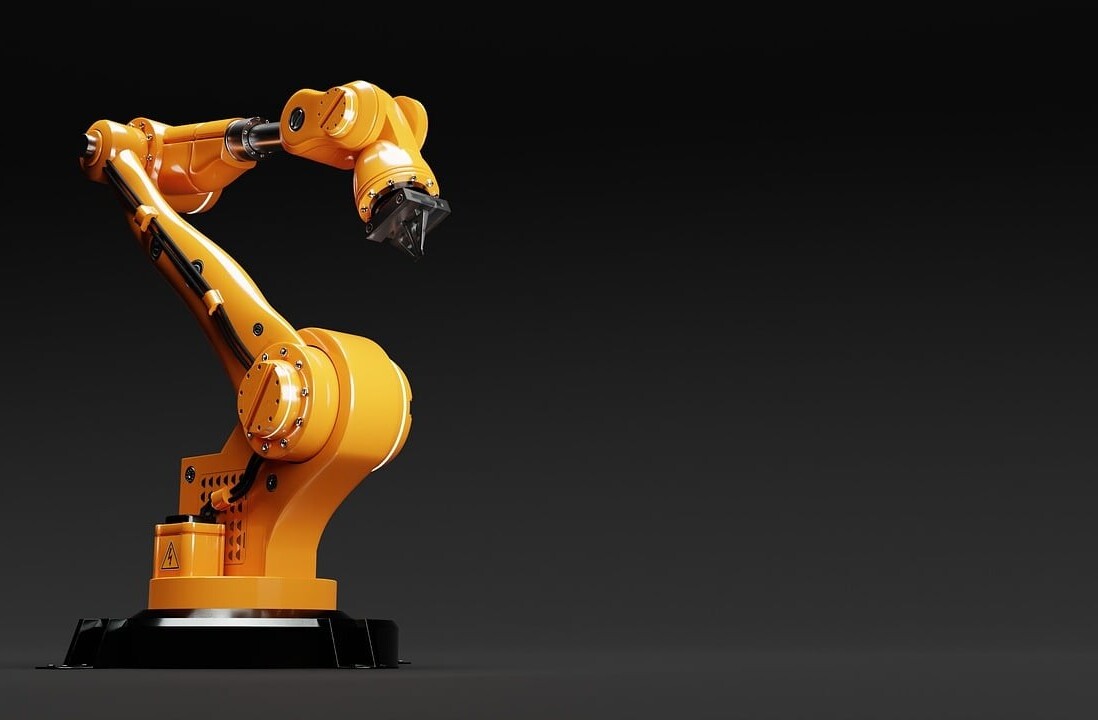
Health tech has a rocky history. For every story of the Apple Watch saving someone’s life, there’s a Theranos out there ruining it for everyone.
Yet the sector marches on. We all want to be healthy and know more about our bodies — and this is an opportunity for profit that tech companies can’t ignore. The problem is that, as consumers, we struggle to separate the wheat from the chaff, the hard science from the cosmetic.
Take, for example, the heart monitoring features on popular wearables like the Apple Watch or the Fitbit Charge. These are useful tools for general awareness of heart health, but studies have shown they’re not accurate enough for clinical use and any data they collect “should be interpreted with caution.”
This isn’t to say that today’s wearables can’t be of some use, just that they cannot be completely trusted. In the future, this may change, but if we’re trying to get a proper look at something like heart health today, we need to go into a hospital.
Well, or so I thought. A Finnish startup called CardioSignal wants to buck this trend, and states it can detect heart disease using only a phone. Intrigued, I got in touch with Juuso Blomster, the company’s CEO, to find out more.
The CardioSignal story
In our conversation, Blomster tells me that CardioSignal has its roots in academia, specifically the University of Turku, a Finnish education institution.
Blomster is a clinical cardiologist by trade, having practised for close to 20 years. The seed of CardioSignal was planted around 2011, a period he spent in Australia. He tells TNW it was at this time he started to see wearables first make waves.
This sort of technology — with the Fitbit as a prime example — was steadily gaining popularity. “As a cardiologist, when I saw patients, they were interested in understanding if they could use a sports watch to track their heart health,” Blomster says.
Concurrently, his colleagues back in Finland began testing consumer grade wearables to see what they could achieve in a health setting. They explored the possibility of using smartwatches in tracking heart health, but found it tough to take clinically accurate readings from them.
“Following this, we started looking into different types of sensors and really soon realised that if you use two common sensors [on a phone], the accelerometer and gyroscope, and place them on your chest, we can actually read your heart.”
The motion sensors in phones evolved so quickly, became small, accurate, and sensitive enough to measure when the valves in the heart are opening and closing — something you can “usually only get with a heart ultrasound.”
“I still remember the first time when we were comparing the ultrasound signals [to those from] the motion sensors,” Blomster says. As they noticed the difference between the two were well within the margin of error (“really, the same”) he and his team became incredibly excited.
They realised they could achieve “great things” with this technology and data.
What exactly is CardioSignal?
Effectively, CardioSignal is an app you load on your phone.
You place the handset on your chest and then, as Blomster explains, it uses the two common sensors previously mentioned to measure the motion of your heart.
After a minute, this data is sent to a secure cloud service for analysis. From there, it’s able to tell if you’re suffering from atrial fibrillation (AFib), the most common cardiac rhythm disorder.
But is this like the heart monitoring tech in many smartwatches? Useful for broad understanding, but clinically useless?
Nope. CardioSignal’s tech has been analysed in over 20 peer-reviewed publications, is validated for clinical use, and has been categorised as a CE class IIa medical device.
In other words, it’s the real deal. CardioSignal’s is the first tech validated to detect heart disease without the need for specialised equipment.
The market has taken notice. At the start of 2024, CardioSignal raised $10M, the funding led by DigiTx Partners, with participation from Sandwater and Maki.vc.
Roadblocks and competitors
While CardioSignal has a lot of potential, it still has some way to go.
Currently, the app and device only detects atrial fibrillation (AFib). While this is the most common cardiac rhythm disorder, it’s not something the company is alone in tracking.
Both Samsung and Apple smartwatches have the ability to detect AFib, and considering they sit on your wrist and operate in the background — rather than having to rest on your chest for a full minute — this is far more alluring to most users.
When I put this to Blomster, he pointed to a range of benefits CardioSignal’s technology has over wearables.
“The key benefit is it can directly measure your heart,” he says. As it literally sits on a user’s chest, it’s able to directly read the heart’s rhythm.
Most wearable devices on the other hand are, well, closer to your hand — putting them a fair distance away from the organ it’s measuring. “A lot of things can happen in between,” Blomster says.
Beyond this, a phone can deliver a lot more information. Generally, smartwatches use a single channel of data: the pulse of an optical sensor. The two sensors on the phone that CardioSignal uses — the accelerometer and gyroscope — each provide tri-dimensional information, effectively providing six data channels.
“When a heart pumps there’s rotation and twist,” Blomster says. This means the company’s ability to track movement across multiple vectors gives them terrific insight into how a heart operates.
CardioSignal’s next steps
Blomster tells me there’s “ongoing clinical validation” for a range of other ailments too. Heart failure detection is set to come out this year in Europe, but beyond that the company plans to add detection for aortic stenosis, coronary artery disease, and pulmonary artery hypertension in the near future.
There are some downsides to the tech though. CardioSignal should be used daily, and although it only takes a minute to put it on your sternum and get results, it’s not the most natural use case. This is a tradeoff CardiSignal deliberately made, wanting to make its heart monitoring tech “as accessible as possible.”
If people are worried and want insight into their heart — or want some control over their existing condition and need motivation to take medicine — CardioSignal can help, all without needing expensive equipment that often isn’t even available at GP offices.
The smartphone as a modern medical device
Interestingly, CardioSignal isn’t alone in utilising the humble smartphone in the health tech sector.
To find out more about this trend, we spoke with Varun Mishra, a senior analyst at Counterpoint Research. “Smartphones have been consistently gaining importance through widespread use cases across personal health, wellness, [and] healthcare management,” he says.
The past several years have not only seen a variety of apps like Headspace or Medisafe gain popularity, but the devices have also become more intimately involved in how we track our bodies. They “played a pivotal role in getting access to doctors through video consultations especially during COVID lockdowns,” and now take on a large load of medical administration, as making doctors appointments or seeing test results are now often done through phones.
In regards to personal health, Mishra says that wearables now often act as an “input device,” with deeper analysis done on smartphone apps themselves. This trend is rippling across the industry, with other medical devices getting increasingly smart.
“Glucose metres, weighing scales, BP monitors, pill dispensers, metabolism trackers or even toothbrushes are all getting connected,” he says — and the smartphone operates a central hub to analyse them.
CardioSignal, then, is part of a wider trend of phones becoming increasingly central to how we manage our health.
What’s on the health tech horizon?
“Going forward, everything that can be connected will be connected,” Mishra says, “more health-related devices will become smarter and rely on smartphones for interfacing with the end users.”
This bodes well for a business like CardioSignal, as it means people will be comfortable with using their phone to monitor and pay attention to their health.
Of course, there are dangers to this. As more and more of our medical data moves to our phones, the danger of that information being targeted by hackers increases. The easier it is for us to access all our data, the easier it is for hackers too.
Still, this feels like a small risk considering the broad upside of smartphone-based health applications. Phones are an ideal way of democratising the medical industry, ensuring that doctors have access to more information than ever to do their work and that we have more insight into our bodies. And, it is something that almost the entire globe can benefit from.
As the technology matures and more doctors get involved, we may see the entire health sector shift for the better. And, in this rare instance, it seems that smartphones could actually be good for society.
Get the TNW newsletter
Get the most important tech news in your inbox each week.





